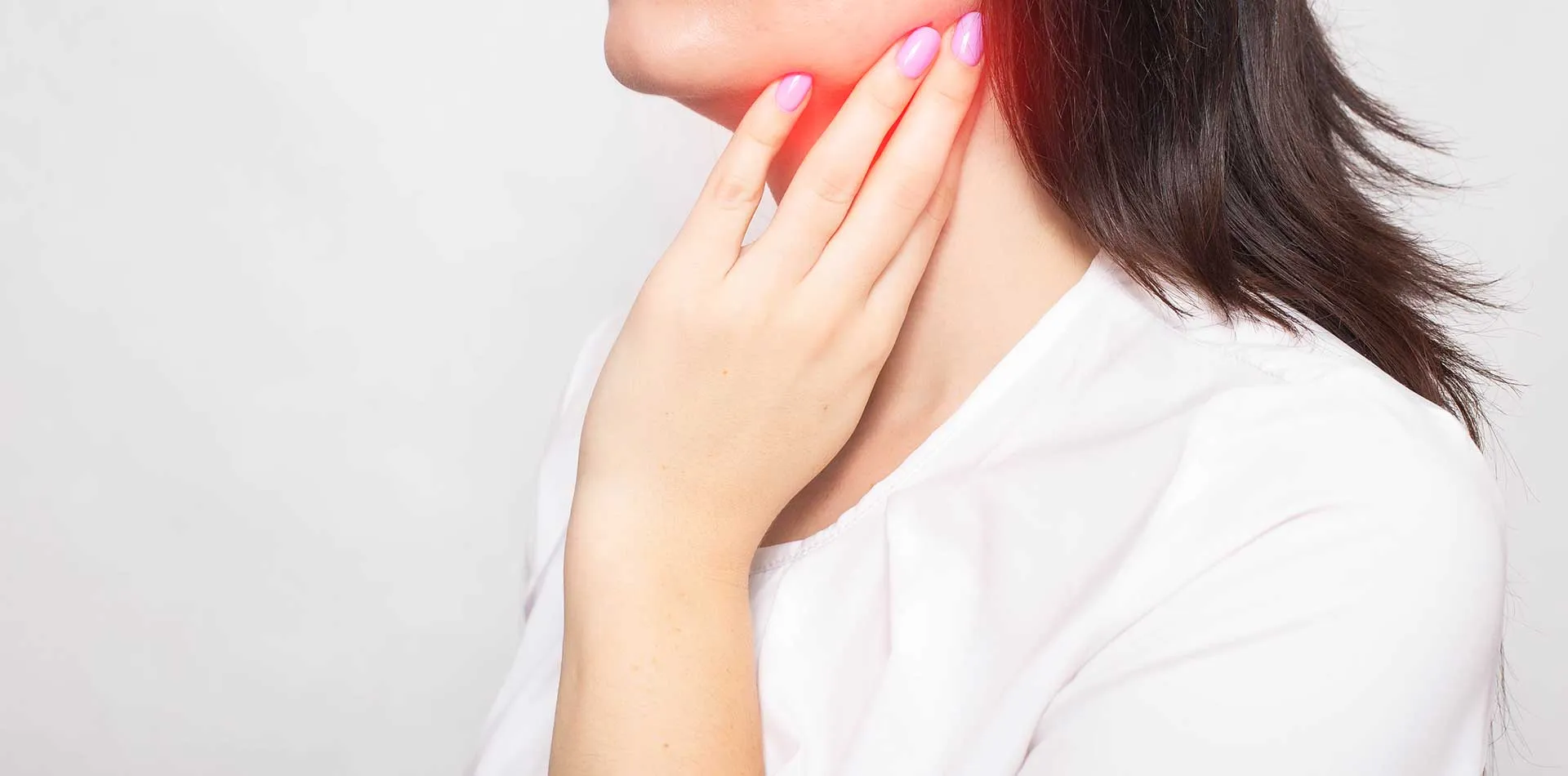
Salivary gland tumors are rare, causing abnormal cells (tumors) to grow in the salivary glands. The salivary gland creates saliva to aid digestion, keep the mouth moist and promote healthy teeth.
The main three pairs salivary glands under and behind the jaw are parotid, sublingual, and submandibular. Several others are tiny salivary glands found in the lips, inside the cheeks, and throughout the mouth and throat. Salivary gland tumors can occur in any of these salivary glands.
Generally, these tumors are noncancerous (benign), but some may be cancerous. The most common salivary gland tumors happen in the parotid glands. These salivary gland tumors are usually treated with surgery to remove the tumor and may require additional treatments.
The signs of salivary gland tumors include a lump, swelling on or near the jaw, in the neck, mouth and numbness in part of the face. The person experiences muscle weakness on one side of the face, persistent pain happens in the salivary gland area, difficulty swallowing, and trouble opening the mouth widely.
When the symptoms continue for long and bother you, get medical advice. A lump or swelling near the salivary gland area is a common sign of a salivary gland tumor, but this doesn’t indicate cancer as generally, in most cases, these are noncancerous (benign). Several noncancerous conditions can cause a swollen salivary gland, such as an infection or a stone in a salivary gland duct.
The cause of the rare condition of salivary gland tumors remains unknown. It starts when a few cells in a salivary gland develop changes (mutations) in their DNA. The DNA cells carry the instructions of the function the cell needs to perform, and the changes guide them to grow and divide rapidly. Hence, the abnormal cells live and when healthy cells would die, accumulating cells form a tumor.
When any additional change occurs in the DNA, the abnormal cells can become cancerous and invade and destroy nearby tissue. These may also break away from the tumor and spread (metastasize) to distant areas of the body.
There are several kinds of salivary gland tumors, which doctors classify depending on the type of cells involved in the tumors. Based on the kind of salivary gland tumor, the doctor determines the treatment options:
Kinds of noncancerous (benign) salivary gland tumors are:
• Pleomorphic adenoma
• Basal cell adenoma
• Canalicular adenoma
• Oncocytoma
• Warthin tumor
Types of cancerous (malignant) salivary gland tumors are:
1. Acinic cell carcinoma
2. Adenocarcinoma
3. Adenoid cystic carcinoma
4. Clear cell carcinoma
5. Malignant mixed tumor
6. Mucoepidermoid carcinoma
7. Oncocytic carcinoma
8. Polymorphous low-grade adenocarcinoma
9. Salivary duct carcinoma
10. Squamous cell carcinoma
People are more prone to salivary gland tumors due to:
• Older age. These are most commonly seen at old age, though salivary gland tumors may happen to any age group.
• Radiation exposure. Some radiation treatments for cancer, like radiation used to treat head and neck cancers, may raise the risk of salivary gland tumors.
• Workplace exposure to some substances. Some jobs where people are involved with certain substances such as rubber manufacturing, asbestos mining and plumbing, etc., may raise the risk of salivary gland tumors.
People who have undergone radiation therapy to the head and neck may often experience very dry mouth (xerostomia) that often lead to frequent infections in the mouth, cavities and problems with the teeth, and difficulty eating, swallowing and speaking.
People can relieve a mouth condition and its complications by brushing their teeth several times each day and rinsing the mouth with warm salt water after meals. You can also keep the mouth moistened with water or sugarless candies to stimulate your mouth to produce saliva. Avoid eating dry foods and moisten dry food with sauce, gravy, broth, butter or milk. Avoid any caffeinated and alcoholic beverages. Consume foods and drinks that don’t irritate the mouth.
Patient Experience